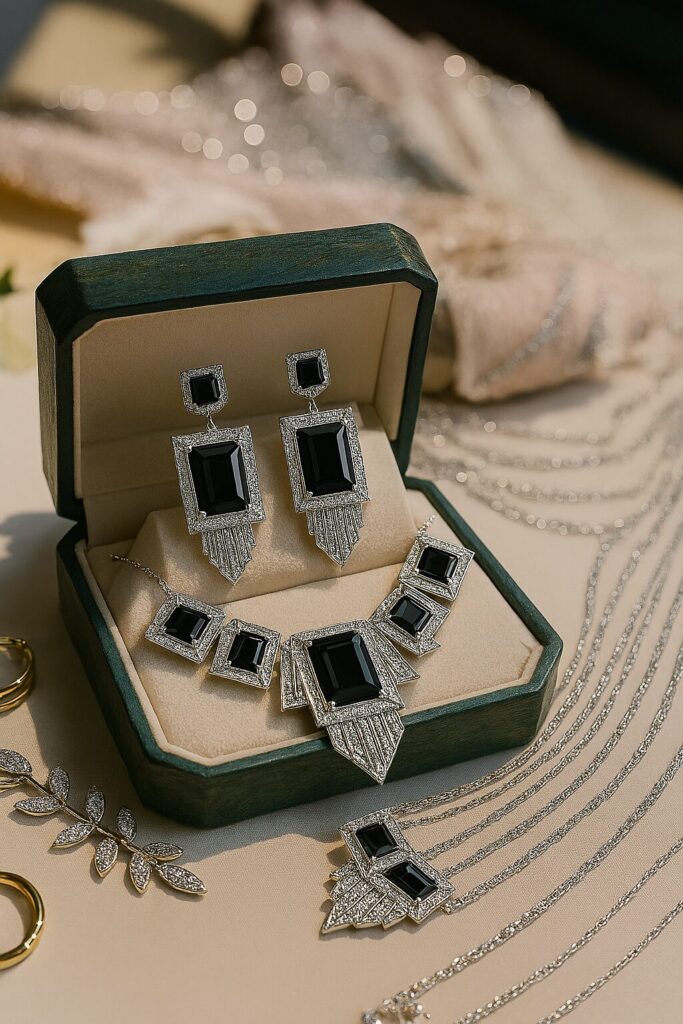
In the ever-changing world of fashion, some things never lose their appeal—and vintage jewelry is one of them. Whether it’s a delicate Art Deco pendant, a romantic Victorian brooch, or a bold mid-century cocktail ring, vintage jewelry pieces offer unmatched craftsmanship, character, and history. More than mere accessories, these treasures tell stories from another time, making them perfect for collectors, brides, and anyone who values timeless elegance.
In this guide, we’ll explore the allure of vintage jewelry, iconic styles from different eras, how to choose and care for your pieces, and why investing in these heirlooms is both fashionable and meaningful.
What Makes Jewelry “Vintage”?
The term vintage generally refers to jewelry that is at least 20 to 100 years old but not yet classified as antique (which is 100 years or older). These pieces often showcase the design trends, materials, and craftsmanship techniques of their era. Vintage jewelry isn’t just old—it’s a reflection of the artistry and culture of the time it was made.
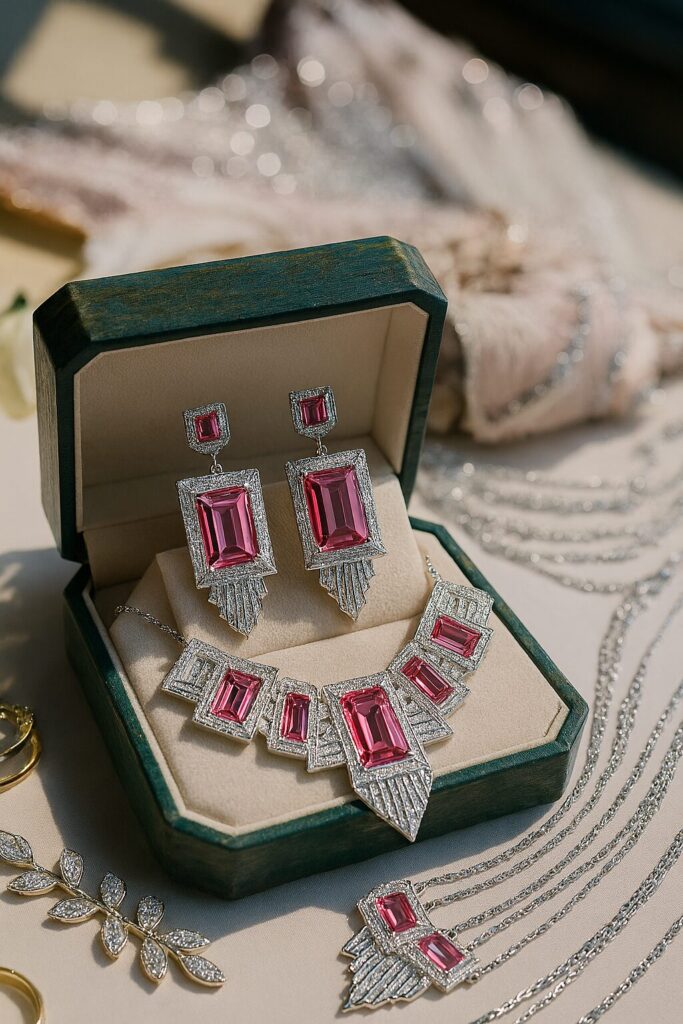
Why Vintage Jewelry Pieces Are So Special
- Unique Designs – Many vintage pieces were handcrafted in limited quantities, so it’s rare to find identical items.
- Quality Craftsmanship – Before mass production, jewelers spent hours perfecting each detail.
- Sustainable Choice – Buying vintage reduces the demand for new mining and manufacturing, making it eco-friendly.
- Story & Sentiment – Vintage pieces often carry a sense of romance, mystery, and nostalgia.
- Investment Value – Well-preserved vintage jewelry often appreciates in value over time.
Iconic Eras of Vintage Jewelry
1. Victorian Era (1837–1901)
The Victorian era is divided into three distinct periods—Romantic, Grand, and Aesthetic—each with its own style.
- Romantic Period: Sentimental motifs like hearts, bows, and flowers.
- Grand Period: Darker styles featuring jet, onyx, and gold to reflect Queen Victoria’s mourning.
- Aesthetic Period: Lighter designs with nature-inspired details.
Popular Pieces: Lockets, mourning brooches, cameo necklaces.
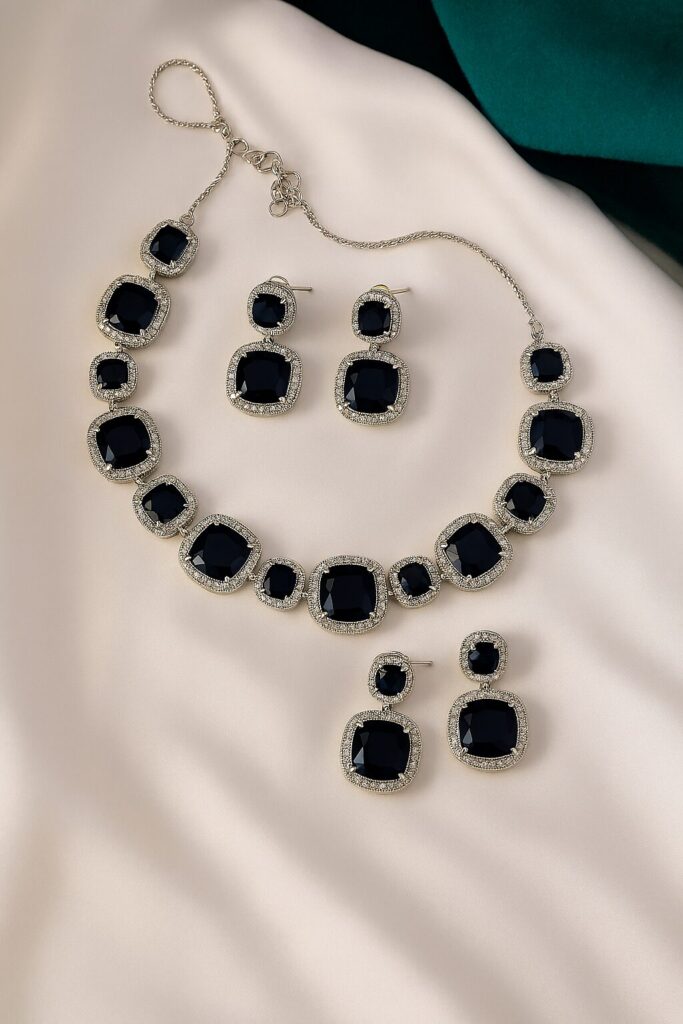
2. Edwardian Era (1901–1910)
Known for its delicate and feminine styles, Edwardian jewelry often used platinum and diamonds to create light, airy designs.
Popular Pieces: Filigree rings, pearl drop earrings, lace-like necklaces.
3. Art Deco Era (1920s–1930s)
Art Deco jewelry is bold, geometric, and glamorous. This was the Jazz Age, when fashion embraced sharp lines and vivid colors.
Popular Pieces: Diamond bracelets, sapphire cocktail rings, geometric pendants.
4. Retro Era (1940s–1950s)
Retro jewelry is characterized by bold designs, oversized gemstones, and rose gold tones.
Popular Pieces: Statement brooches, large gemstone rings, chunky bracelets.
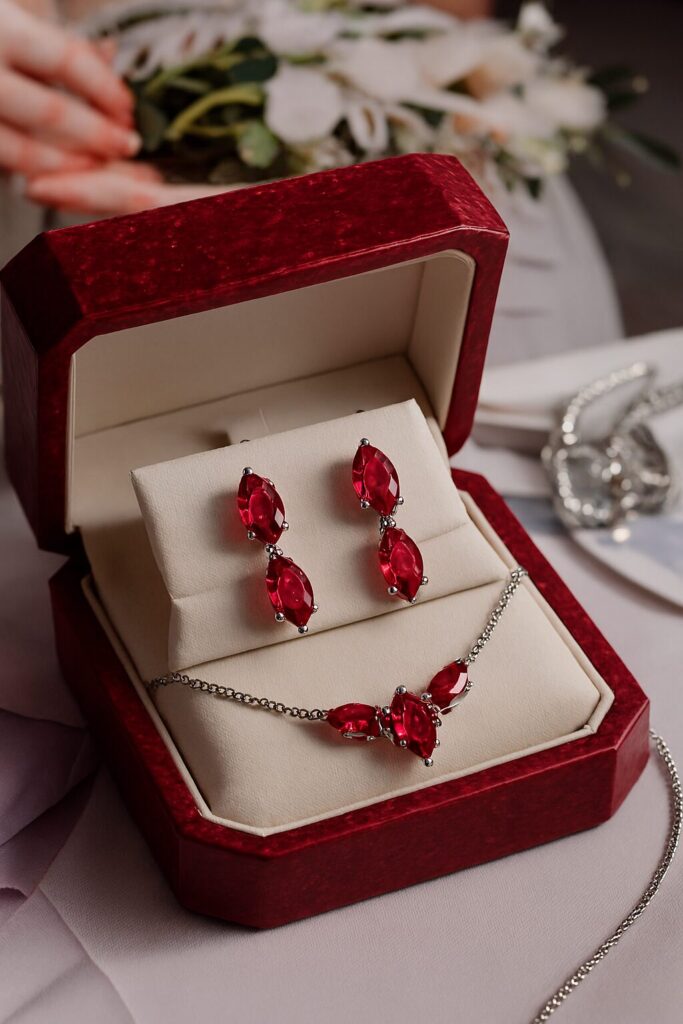
5. Mid-Century (1950s–1970s)
This era favored clean lines, playful motifs, and innovative designs. Costume jewelry also rose in popularity during this time.
Popular Pieces: Pearl strands, charm bracelets, abstract gold pieces.
Stunning Vintage Jewelry Pieces to Own
1. Vintage Engagement Rings
From intricate Edwardian filigree rings to bold Art Deco diamond settings, vintage engagement rings are both romantic and unique.
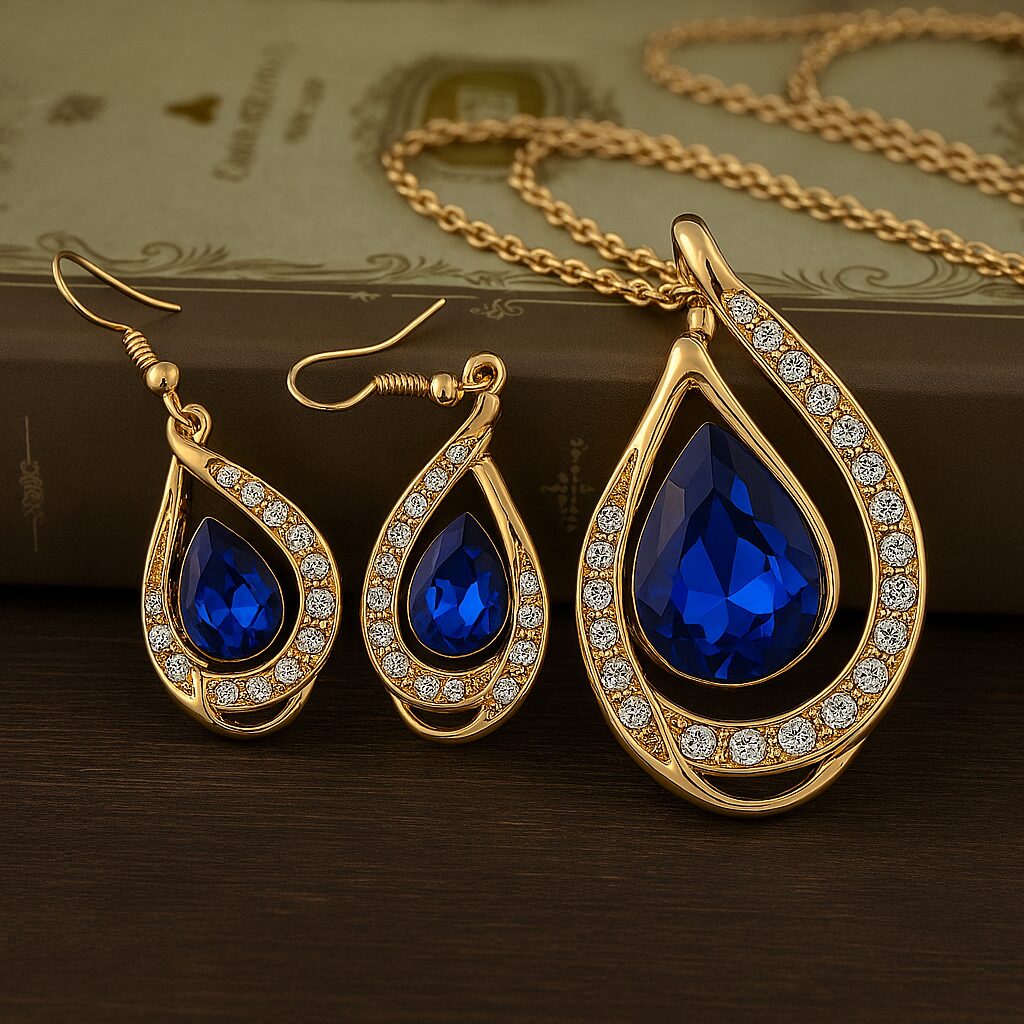
2. Cameo Brooches
A staple of Victorian and Edwardian fashion, cameo brooches often feature carved portraits and can also be worn as pendants.
3. Filigree Necklaces
These delicate designs, especially from the Edwardian and Art Deco eras, showcase intricate metalwork and sparkling gemstones.
4. Pearl Strands
Whether worn single or doubled, vintage pearl strands exude timeless elegance and sophistication.
5. Gemstone Cocktail Rings
Oversized rings featuring sapphires, emeralds, or rubies became iconic during the Retro era.
6. Charm Bracelets
Popular in the mid-century, these bracelets tell personal stories through dangling charms.
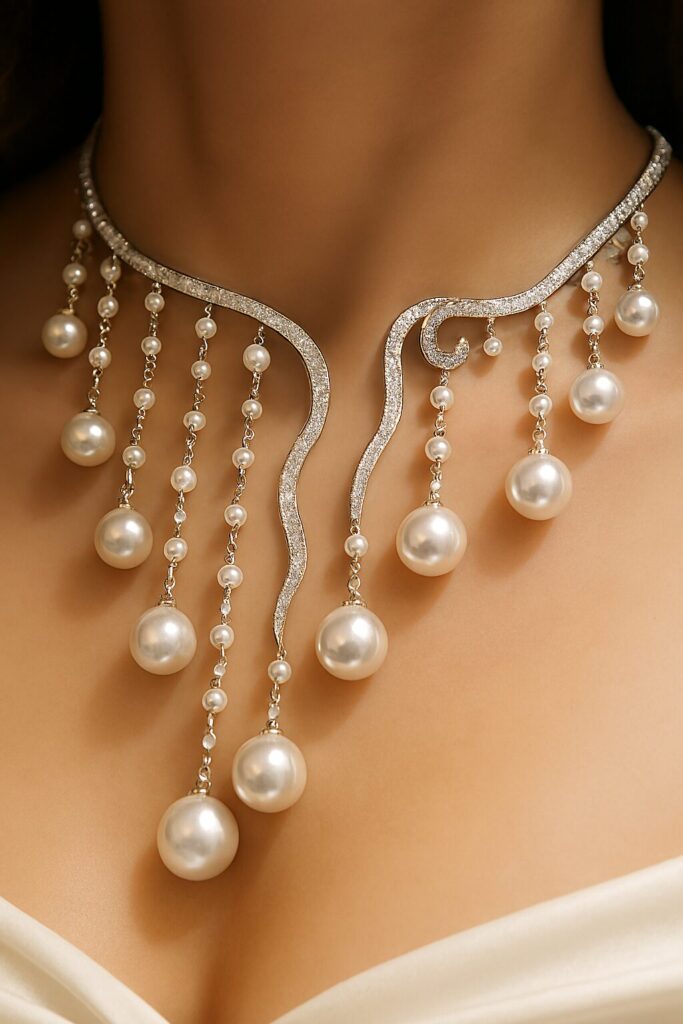
How to Choose Vintage Jewelry Pieces
- Research the Era – Understanding the design trends of each period helps you identify authentic pieces.
- Check for Hallmarks – Stamps or engravings can indicate the maker, metal purity, and origin.
- Examine Craftsmanship – Look for hand-finished details and high-quality settings.
- Consider Your Style – Choose pieces you can incorporate into both special occasions and everyday wear.
- Buy from Trusted Sources – Antique dealers, estate sales, and certified vintage jewelers are best.
Styling Tips for Vintage Jewelry
- Mix Vintage with Modern – Pair a vintage brooch with a contemporary blazer for a chic contrast.
- Go Minimal – Let one statement vintage piece be the star of your outfit.
- Layer for Drama – Stack vintage bangles or layer pearl strands for an elegant statement.
- Bridal Elegance – Vintage jewelry can add a romantic and unique touch to your wedding day look.
Caring for Vintage Jewelry
Vintage pieces require special care to preserve their beauty:
- Gentle Cleaning – Use a soft brush and mild soap. Avoid ultrasonic cleaners for delicate stones.
- Proper Storage – Store each piece separately in a soft pouch to prevent scratches.
- Professional Maintenance – Have settings checked regularly by a jeweler.
- Avoid Harsh Conditions – Keep away from direct sunlight, water, and chemicals.
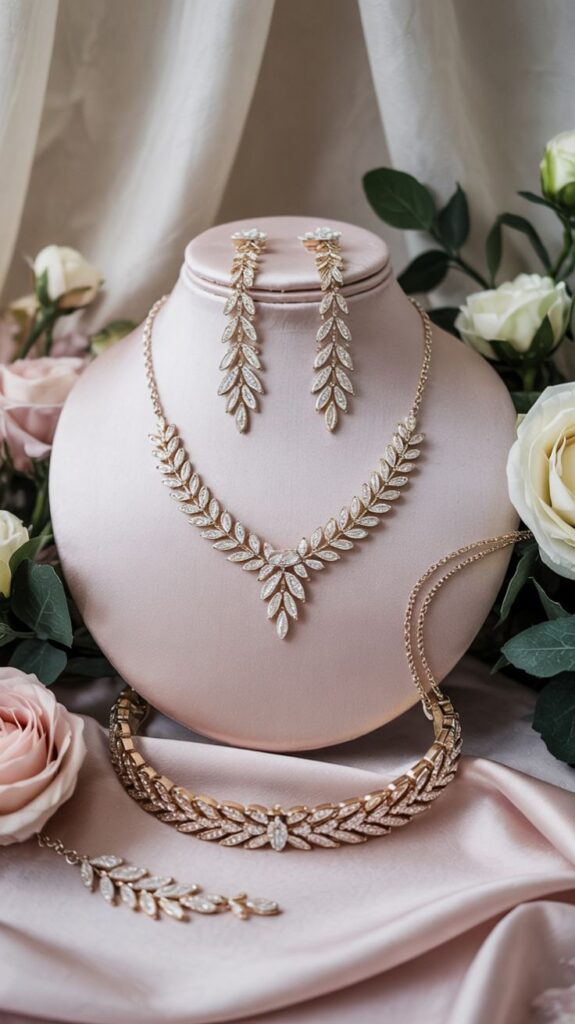
Where to Find Vintage Jewelry Pieces
- Antique Shops – Great for one-of-a-kind finds.
- Estate Sales – Often offer heirloom-quality pieces at good prices.
- Online Marketplaces – Trusted sites like 1stDibs, Etsy (reputable sellers), or The RealReal.
- Jewelry Auctions – Sotheby’s and Christie’s often feature high-end vintage collections.
Why Vintage Jewelry is a Perfect Wedding Choice
Many brides are choosing vintage pieces for their weddings because they offer history, uniqueness, and timeless charm. Wearing a vintage necklace, earrings, or hairpin can make your bridal look unforgettable while also giving you a meaningful heirloom to pass down.
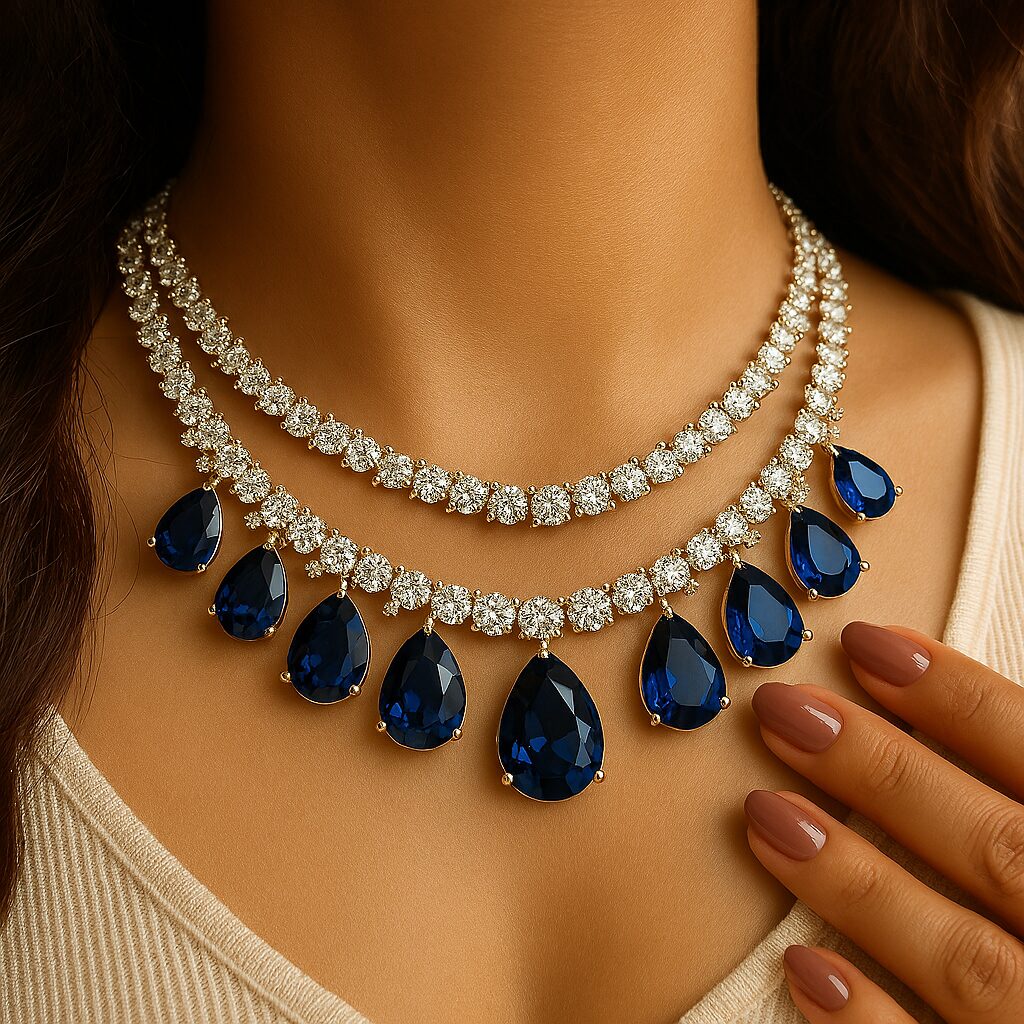
Final Thoughts
Vintage jewelry pieces are more than just accessories—they are fragments of history, art, and personal stories. Whether you’re drawn to the elegance of Edwardian filigree, the boldness of Art Deco designs, or the romance of Victorian lockets, there’s a vintage piece that speaks to your style and soul.
By choosing carefully, buying from trusted sources, and caring for your treasures, you can enjoy the beauty of vintage jewelry for a lifetime—and pass it down as a cherished legacy for generations to come.



